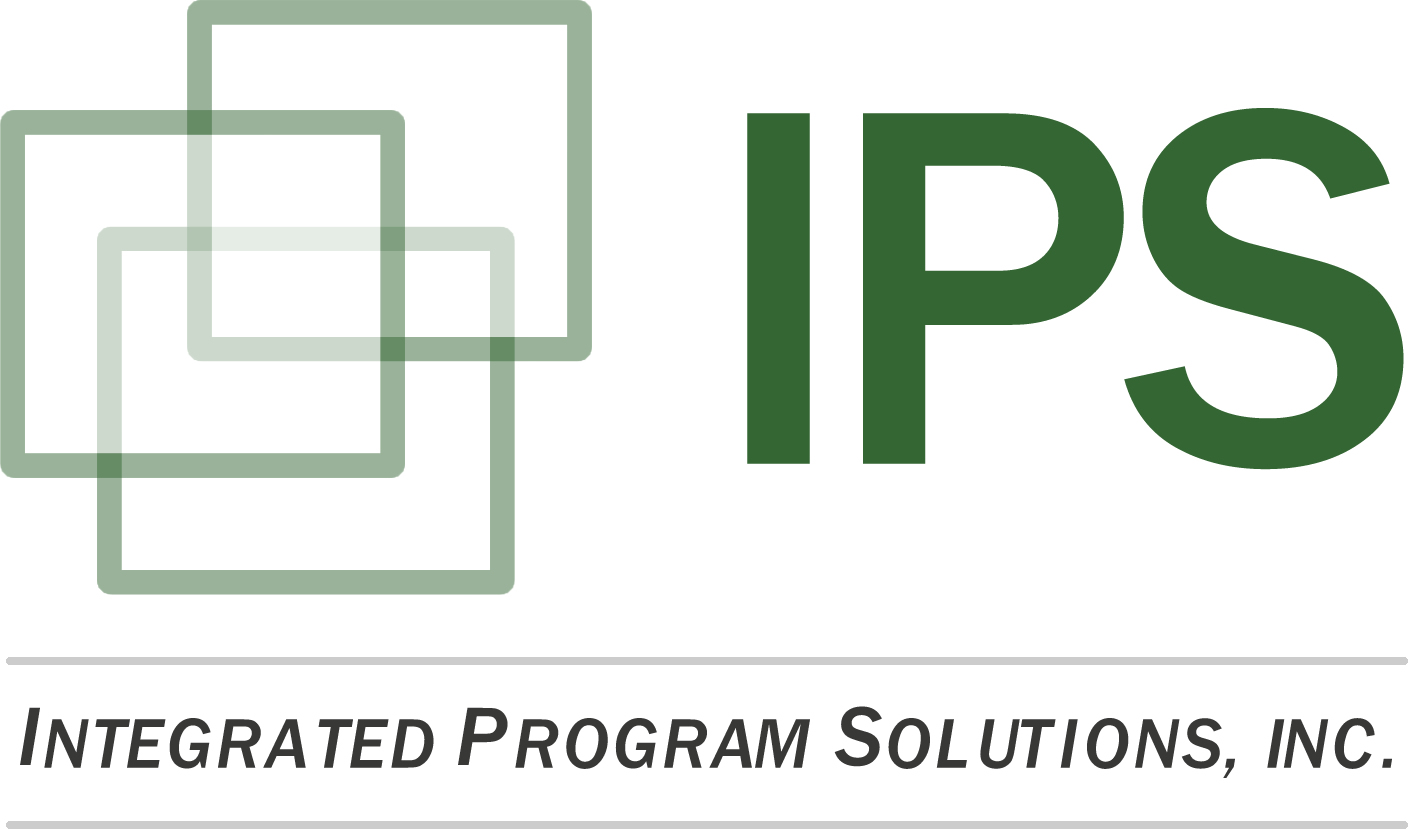“The success of IPS is tied to the success of the customer.”
The demanding pace of acquisition programs requires a networked business model, where communication flows freely up/down and across the various levels of the organization. However, the current DoD business model still supports “stove pipes,” where functional teams can operate in isolation from one another. This decentralized management framework is the prescription for communication problems, and ultimately leads to program inefficiencies.
IPS integrates the various teams by emphasizing the program focus areas for program and technical leadership through common terminology and metrics to identify elements of the program that are not on track (cover gaps). By being on-site with the customer, IPS can set up a business rhythm to review real-time data that is useful and relevant. That way, business management operations can be streamlined as unnecessary meetings can be eliminated and the remaining meetings can be focused and shorter in duration.
From a communication standpoint, having dedicated management experts (schedule/EVM) in support of a program will facilitate better communication both internal and outside the program. The contractor can perform better due to having a clear understanding of the Program Office’s success criteria. Early identification and quantification of risks will allow more timely support from senior leadership as program issues can be better explained both in terms of impacts and corrective actions.
Program Controls (Scheduling)
The Government recognizes the utility of scheduling practices, but historically has lacked the know-how,
resources, and the discipline to plan and track program activities. Schedulers especially are a limited
commodity nationally both within the defense and private sectors. Furthermore, the development of a
single master schedule encompassing both Government and Contractor activities has never been
performed at this magnitude. The IPS solution looks to provide the necessary expertise upfront to develop
the schedule. Company employees will be co-located with the customer to maintain the necessary
scheduling discipline in regards to maintenance of the schedule. Metrics and other relevant info will be
produced regularly to support critical decisions. In addition, a training curriculum will be developed so
that program leadership can maximize the full utility of scheduling practices.
IPS employees were instrumental in the development of the DoD scheduling process and toolkits.
Program Controls (Earned Value Management)
Historical data has shown that defense programs continually exceed cost and schedule targets. Given the
current economic climate, cost and schedule oversight will be more important than ever. With the amount
of dollars at stake, Earned Value Management (EVM) is the mandated oversight tool for major defense
acquisition programs. EVM is a program management technique for measuring project progress in an
objective manner. EVM has the unique ability to combine measurements of scope, schedule, and cost in
a single integrated system. When properly applied, EVM provides an early warning of performance
problems. With DoD at the forefront of implementing EVM processes within its business culture,
knowledgeable experts are at a premium in this geographical area.
Supply Chain Management
Most defense programs outsource over 50% of the contracted work to subcontractors, s prime
contractors are shifting to more of a prime integrator role. In order to keep up with the changing
contracting relationships, IPS proposes to provide the supply chain management function to the
customer. Currently, the DoD competency organizations lack the resources to offer dedicated supply chain
managers to the program offices.
Risk Management
Risk management is a well-developed process within the DoD. While the process does a good job of
identifying risk, it lacks in quantifying those risks in regards to cost and schedule impacts. IPS will utilize
the program schedule to quantify risks, providing the customer the ability to prioritize risks based on the
severity of impacts, and apply the appropriate resources to mitigate.


